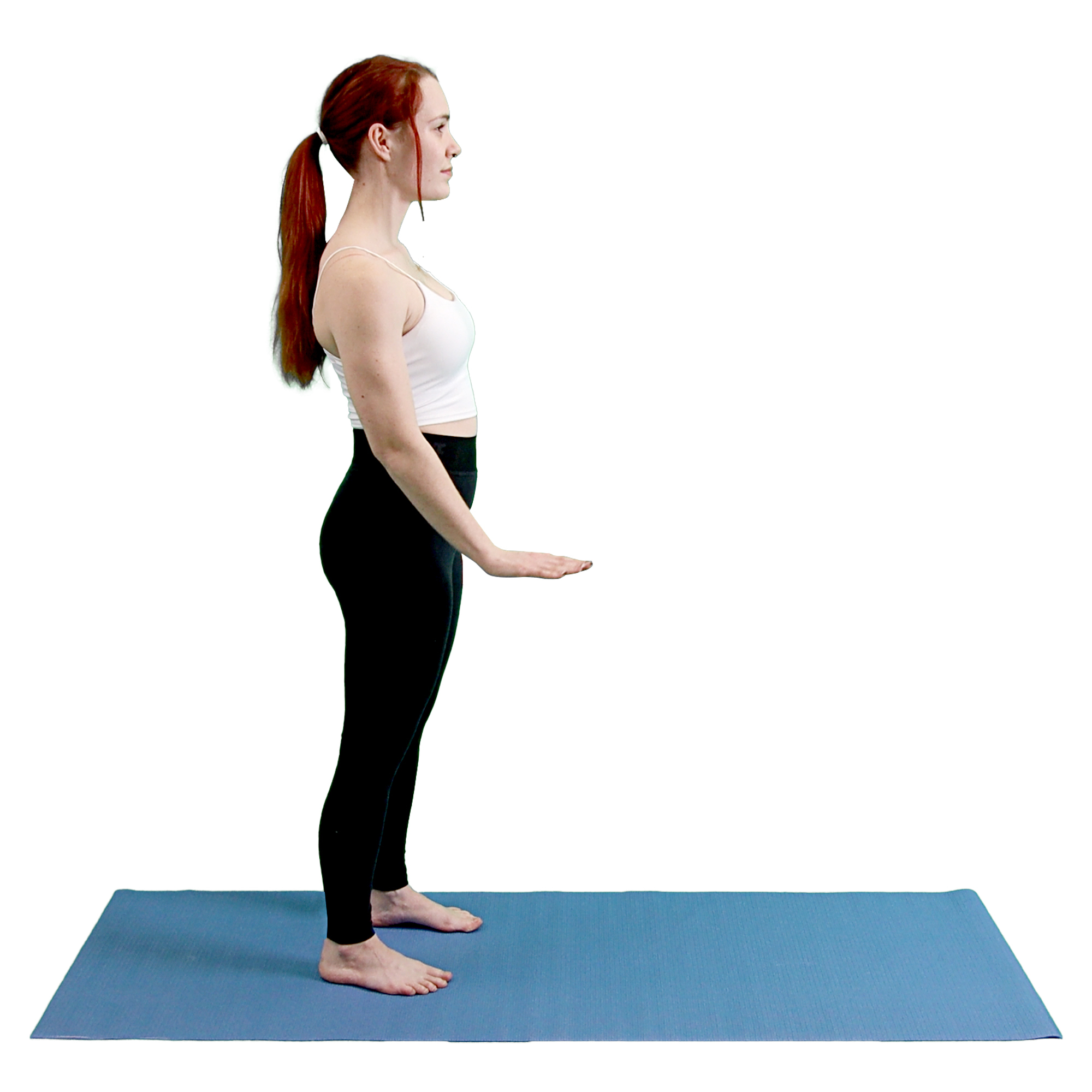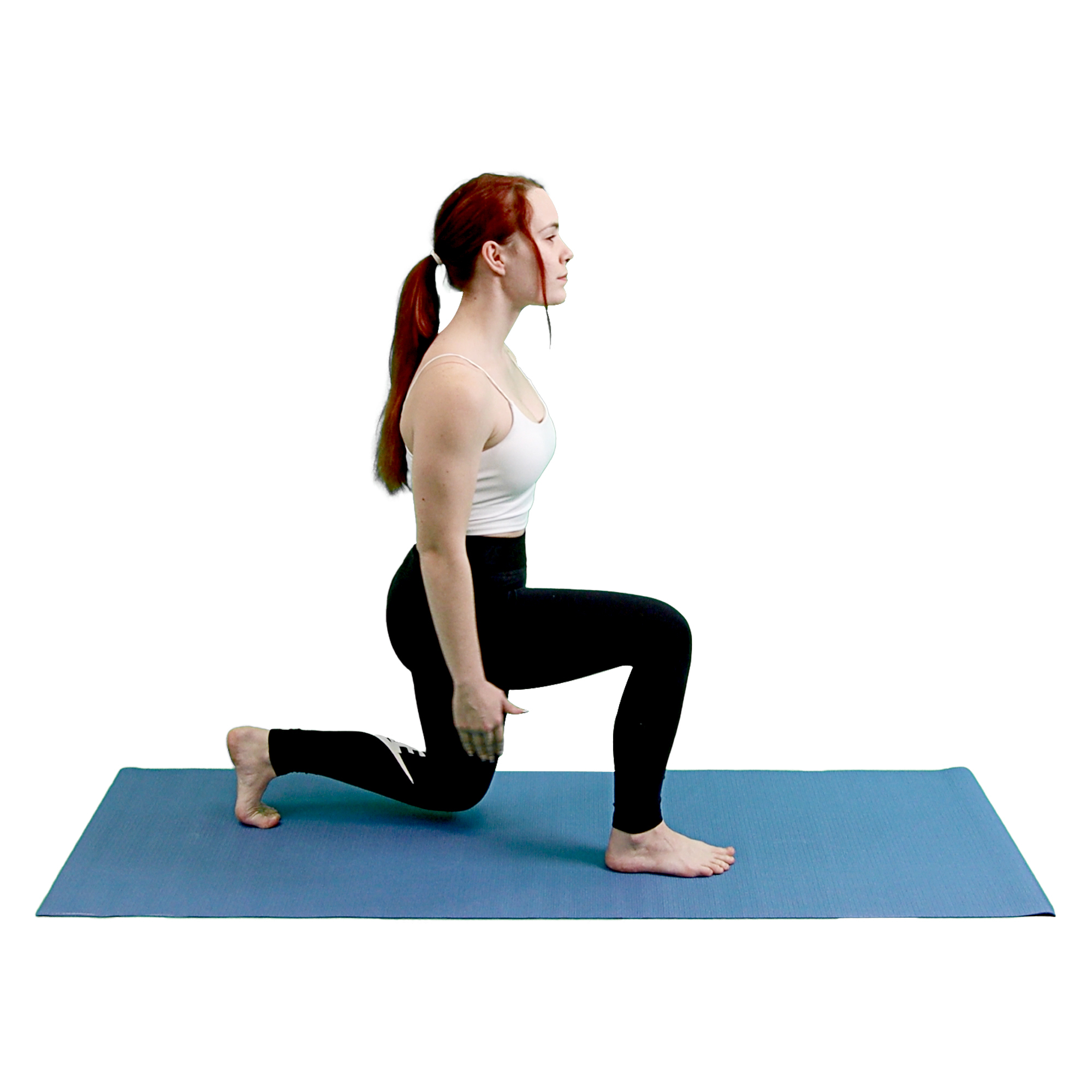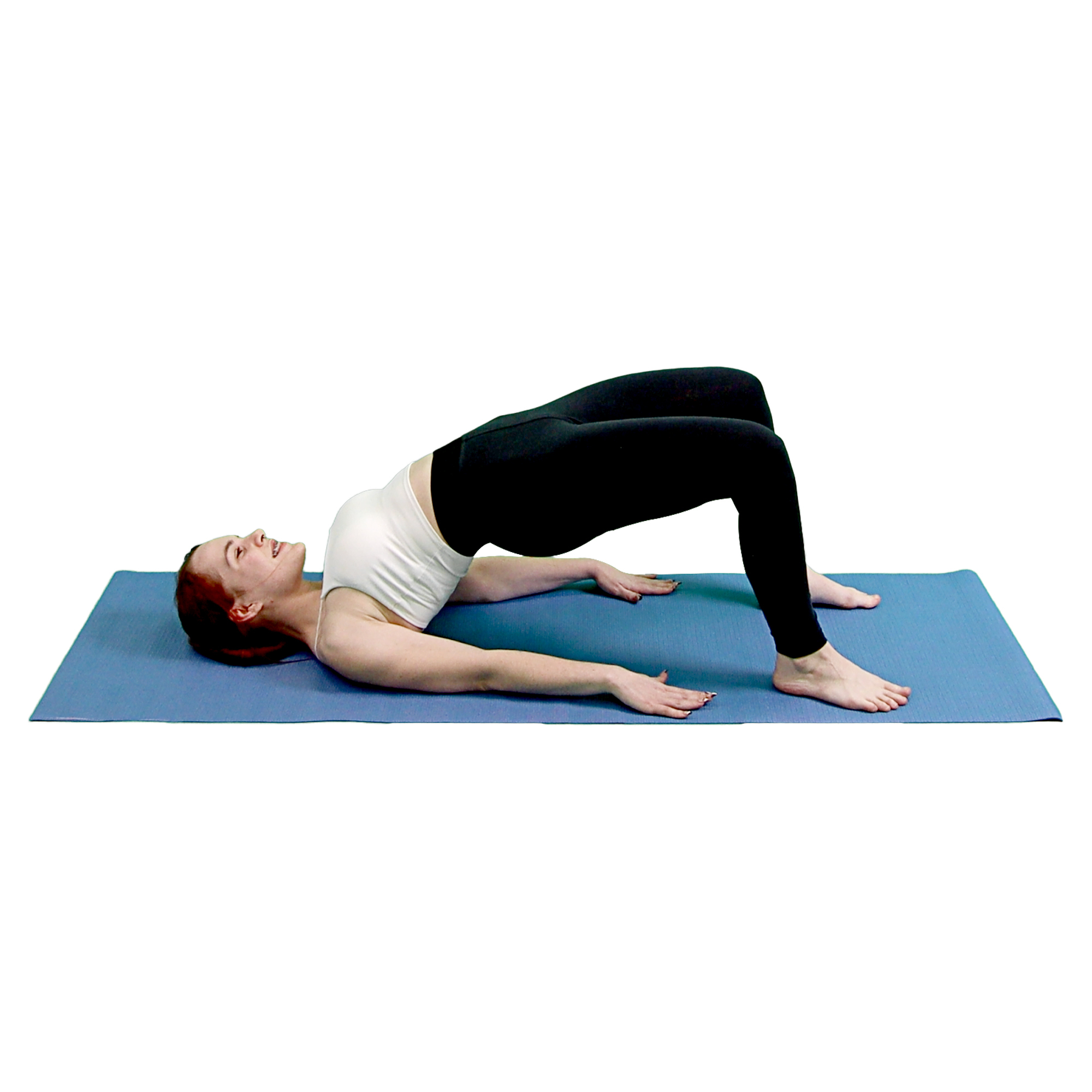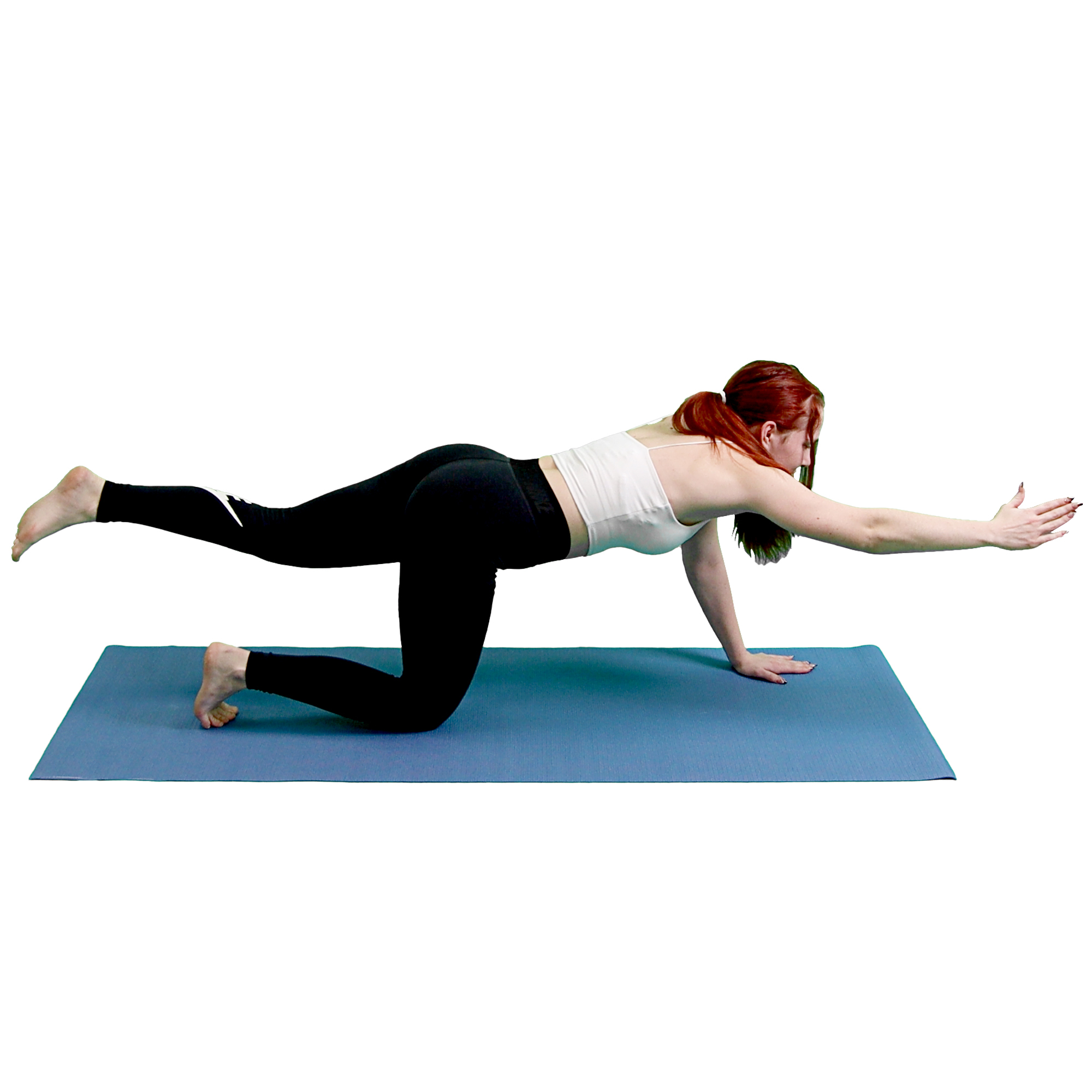2025 Apr 9th
Strengthen Your Pelvic Floor for Better Bladder Control
Exercise supports overall health and can strengthen pelvic floor muscles, which play a key role in bladder control. To help manage incontinence, try targeted exercises that strengthen pelvic floor muscles.
Please note that these exercises may not work for everyone, depending on the situation that has caused the incontinence. For example, individuals with Stress Incontinence and Functional Incontinence may see greater success with these exercises.
- What Is Stress Incontinence? – (more common in women) A type of urinary incontinence that builds pressure within the abdomen and leads to an involuntary emission of urine. This is often due to sudden physical movements such as sneezing, coughing, jumping, laughing, or lifting heavy objects.
- What Is Functional Incontinence? – A form of urinary incontinence wherein the individual is aware of their need to urinate but due to physical or mental reasons they are unable to bring themselves to a bathroom in time.
If you are not sure whether to proceed with these exercises, please consult your doctor first.
Why should you listen to us?
InControl Diapers have made a difference in thousands of incontinent individuals by supplying products that allow them to go through life without worrying about leaks. We understand the frustration that many people with incontinence face on a daily basis and do our best to help where we can!
Here’s a breakdown of the most recommended exercises and how to perform them:
Kegels
What Do Kegels Do?
Kegels strengthen pelvic floor muscles, which support the bladder and control urine flow.
How To Do Kegels:
First, identify your pelvic floor muscles. You can do this by stopping your urine midstream. Those are the same muscles you want to engage for this exercise.
Now that you know where they are, contract them. Hold for 3-5 seconds.

Then relax those muscles for 3-5 seconds. Repeat. 10-15 reps daily.
Lunges
What Do Lunges Do?
Lunges engage core stability and strengthen hips and glutes. All of which can affect and support the pelvic floor muscles.
How To Do Lunges:
Step forward, but make sure your shoulders, hips, and knee are in a straight line. As you step into this position, also keep your foot and back of your leg in a straight line. Your front knee should not move past your toes.

Change legs and repeat. 10 lunges per leg, 2 sets.
Bridge Pose
What Does Bridge Pose Do?
Bridge Pose strengthens your glutes and pelvic floor muscles.
How To Do Bridge Pose:
First, lie on your back with your knees bent and your feet flat on the floor. Keep your feet hip-width apart.
Next, tighten your pelvic floor muscles and lift your hips toward the ceiling, squeezing your glutes as you do so.

Hold this position for 5-10 seconds before slowly lowering your hips back down. Repeat 10-15 times.
Bird-Dog
What Does Bird-Dog Do?
Bird-dog can improve core stability, which can affect your pelvic floor muscles.
How To Do Bird-Dog Work Outs:
Move onto your hands and knees into a tabletop position. Then extend your right arm and left leg simultaneously. Keep your back straight and engage your core as well as your pelvic floor muscles to maintain balance.

Hold for 5 seconds, then return to the starting tabletop position. Switch sides. Repeat 10 times per side.
Squats
What Do Squats Do?
Squats can strengthen the lower body muscles and the pelvic floor.
How To Do Squats:
Stand with your feet shoulder width apart.
Lower your body into a squat position, keeping your back straight. Your knees should align with your toes.

Engage your core and tighten your pelvic floor muscles as you rise back into a standing position. Repeat 10-15 times.
3 Additional Exercise Tips:
Breathe: Avoid holding your breath – instead, breathe deeply and naturally while performing each exercise.
Go slow: There is no need to move through these exercises fast. Move slowly and build up your endurance over time.
Daily Routine: Aim to do these exercises a few times a week or daily, if you can.

